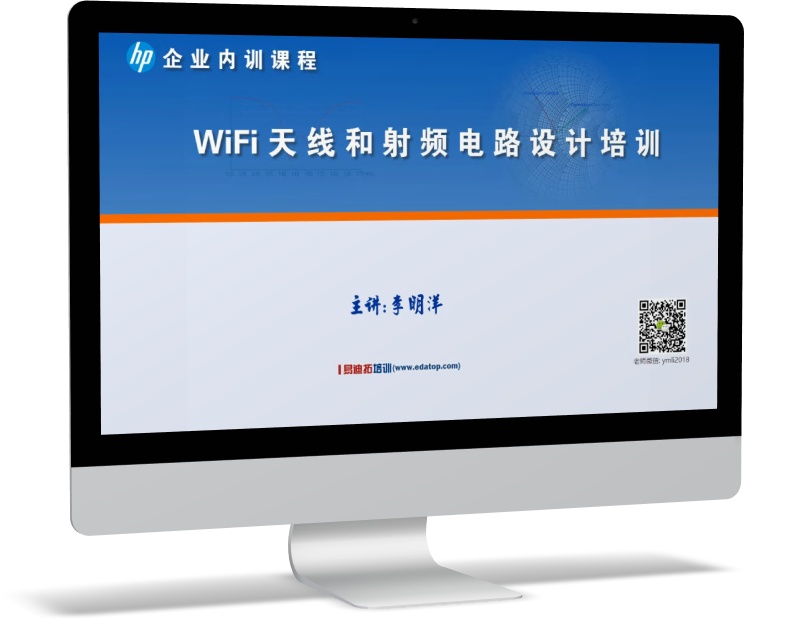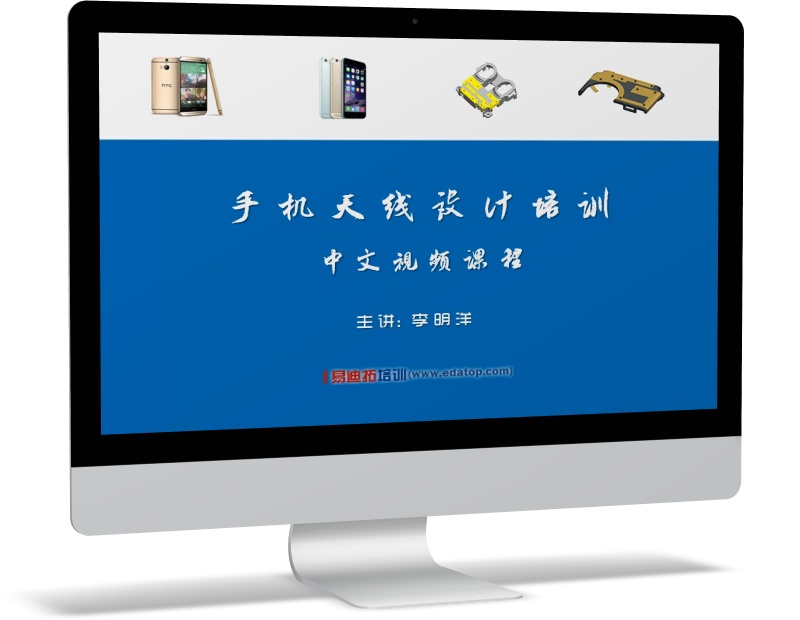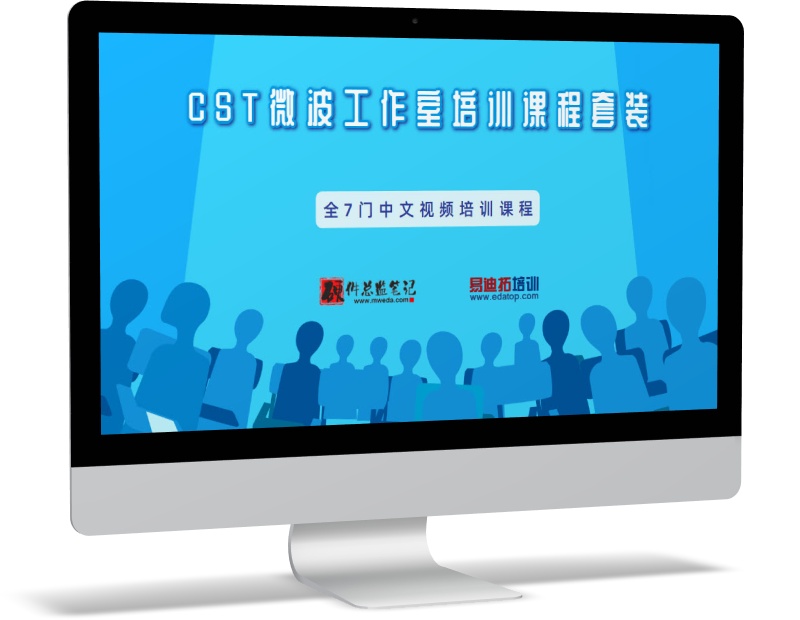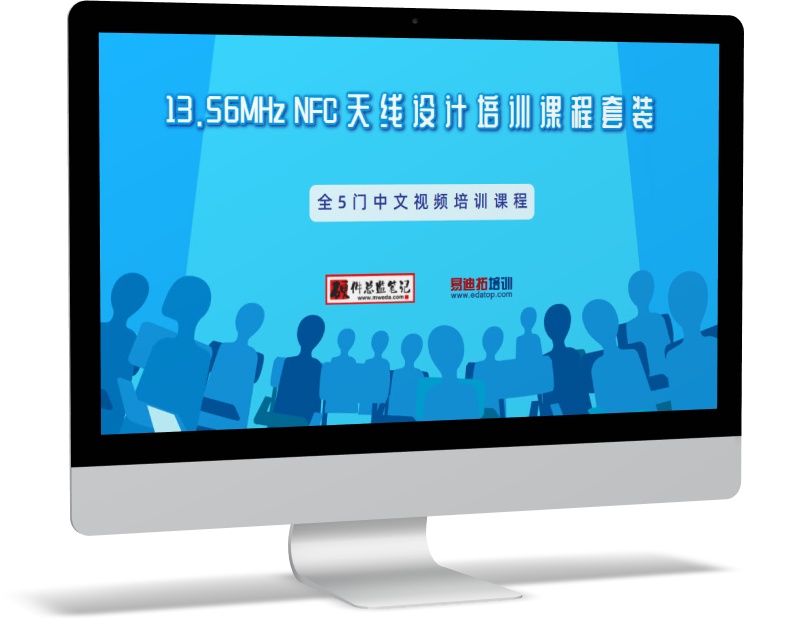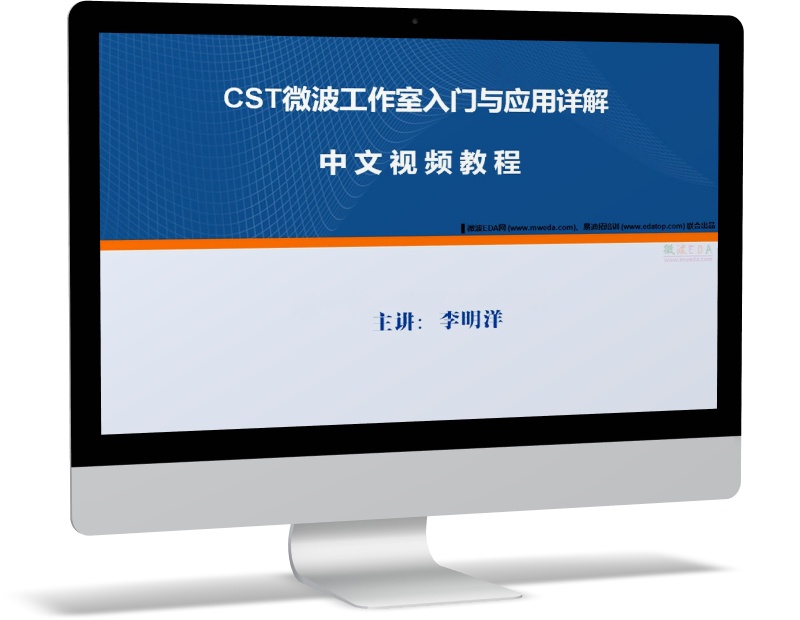关于CST MWS field source monitor的问题
要计算一个阵列天线和天线罩放在一起时的增益方向图,由于尺寸过大想先仿阵列天线,把结果保存为近场源,再加入到天线罩中一起仿。
我尝试了下cst2010的field source monitor 的功能,出现了点问题:
1.我先做了一个工作在3GHz的半波对称振子,中间馈电,保存近场为.fsm文件,并同时观察了它的远场方向图
2.新建一个工程,用上一步得到的.fsm文件作为近场源,仿真它的远场方向图
理论上说两次仿真所得的远场应该是一致的,但是我看到的结果是方向图形状相似,但是幅值有差距,主瓣的幅值差在0.2dBi左右,不知道这是什么原因。是我用近场源的方式不对还是CST的这种方法本身存在数值上的误差呢?
方式正确。0.2dBi的差,应该来说,还是比较准确了。
用fsm或者ffs的情况一般都是模型太精细实在没法入手的时候采用,属于没法仿真的情况下的替代。实际模型的仿真自然是无法取代的。
感谢你的回复,我对原模型导出近场时的网格做了加密,这次仿真的结果幅值基本上一样了~~~但是3dB宽度还有小小的误差。看来似乎是无法精确等效的,但是加密网格对提高精度会有一定的帮助。
另,就我个人的理解,这种方法是否只能用于辐射问题?散射问题个人认为好像不能用这种方法做。求指教
不太明白你说的散射是哪种散射。
这个方法就是在做一个激励源而已,我理解的“散射”都是由物体的物理结构或材料造成的,但是那也肯定是要在源的激励下才能产生。这个方法只解决源的问题。
恩,我大概了解你的意思了thx
今天又研究了一下help文档里关于field source的问题。
发现了这么一段话:
All nearfield sources are imported as frequency domain data. For the imprint in the CST MICROWAVE STUDIO® transient solver and the CST MICROSTRIPES™ TLM solver, this data is transformed into the time domain by an especially filtered inverse Fourier transform. This transformation is designed to produce optimal results for frequency domain monitors; the produced time domain signal and any time domain monitors do not directly represent meaningful data. Also, this transformation produces most accurate results at the discrete sample frequencies of the input data; for frequencies in between, an interpolation is required. Any data for DC, i.e. frequency 0, is disregarded.
Note: The duration of the excitation signal is inversely proportional to the frequency sampling rate of the imported data (due to the underlying inverse Fourier transform). To reduce simulation time, the frequency sampling rate can be down-sampled during the import of nearfield sources in the field source dialog.
我觉得大体意思应该是首先通过时域仿真得到了很多频域的fsm文件,而再次将其作为激励源分析的时候,CST是进行了iFFT变换的。而iFFT变换准确的前提,应当是有足够多的采样频点数据。
因此,我觉得可能是之前的fsm频点越多,再次将fsm作为激励源进行时域仿真的结果也就越准确。小编不妨试试?看是否能在某个采样精度下,达到0.1dBi甚至更小的差距?

